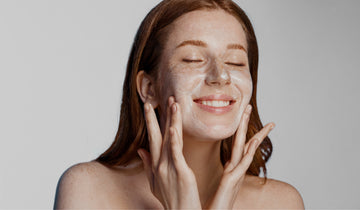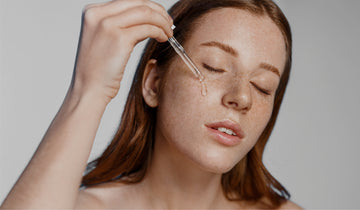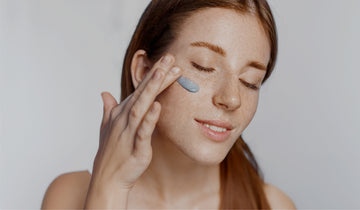
Emma Carter
Jan 15, 2023
Understanding Skin Hydration: A Deep Dive Beyond the Surface
When we talk about hydrated skin, most people think of simply applying moisturizer. However, skin hydration is a fascinating and complex process that occurs at multiple levels within our skin. Understanding this process can revolutionize how we approach skincare and help us achieve that coveted healthy glow we're all seeking.
The Science of Skin Hydration
Think of your skin as a sophisticated brick wall. The "bricks" are your skin cells, and the "mortar" is a complex mixture of lipids (fats) and natural moisturizing factors (NMFs). This structure, known as the moisture barrier, works tirelessly to maintain optimal hydration levels. When functioning properly, it keeps water in and harmful elements out.
Water exists in our skin in three crucial ways:
- Bound water - permanently attached to skin structures
- Semi-bound water - partially mobile but still connected to skin
- Free water - mobile water that can evaporate
The Hydration Challenge
Our skin continuously loses water through transepidermal water loss (TEWL), much like a cup of water with tiny holes. When our moisture barrier is compromised, this loss accelerates, leading to dehydration.
Many mistake dehydrated skin for dry skin, but they’re different—dry skin lacks oil, while dehydrated skin lacks water. Signs of dehydration include tight yet oily skin, increased sensitivity, fine lines, dullness, and uneven texture.
Hydration as a Long-Term Investment
The Japanese Approach to Hydration
Japanese skincare emphasizes layered hydration, as seen in Axxzia’s Treatment Face Mask [MW]. This mask combines kelp extract for surface moisture, jellyfish collagen for deeper hydration, and natural ingredients to maintain hydration levels.
Building a Hydration Strategy
Effective hydration involves three key elements:
1.Humectants attract moisture, like magnets pulling water into the skin.
2.Emollients fill in gaps between skin cells, smoothing the surface.
3.Occlusives form a protective seal to lock in moisture.Environmental & Internal Factors
Environmental & Internal Factors
Temperature and humidity affect hydration—cold weather and dry air can increase water loss. Internally, diet, sleep, and stress play vital roles. Omega-3-rich foods support the moisture barrier, sleep boosts skin repair, and stress weakens skin defenses.
Creating Your Hydration routine
Hydration as a Long-Term Investment
Hydrated skin is stronger, absorbs products better, and repairs itself more efficiently. By consistently maintaining moisture levels, you’re not just enhancing appearance—you’re ensuring long-term skin health.





















